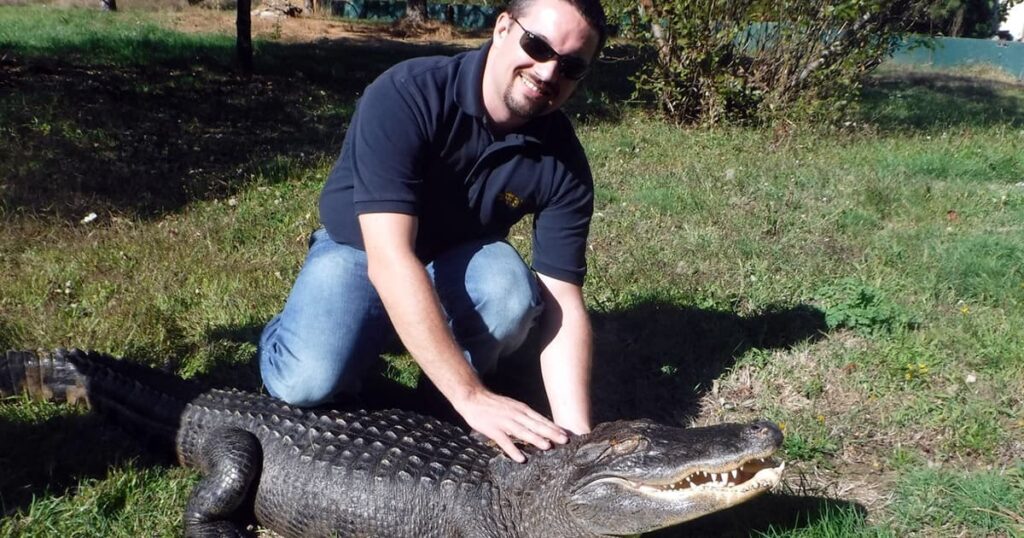
When you think of veterinary medicine, the first thing that comes to mind likely isn’t public health.
But the connection isn’t lost on Ryan Scholz, DVM ’11, MPH ’16, BS ’07 (animal science, bioresource research), the Oregon Department of Agriculture’s (ODA) new state veterinarian.
Ryan is responsible for all livestock in Oregon, which essentially covers any non-fish vertebrate that’s owned, such as chickens, waterfowl and, yes, even your furry four-legged family members.
He says earning his master of public health degree at Oregon State gave him new insight and a perspective that’s different among most veterinarians with MPH degrees.
“I spent eight years learning about animal science, animal, husbandry, veterinary medicine, all that. So, it was a really interesting perspective to go straight from that into the human side and do an MPH program that was strictly human based. It was really interesting and, looking back on it, I’m appreciative of that.
“It gave me a perspective that isn’t common among veterinarians with MPH degrees, and I have a lot more exposure to the human side. And I have a number of colleagues at Oregon Health Authority, some epidemiologists who I went to school with, who have the same degree, and I think that makes it a little easier to collaborate on some things. I think it served me really well.”
His new position is a perfect role for Ryan, who has long hoped to work in the public sector.
Following graduation with his veterinary degree, he went into private practice first in Mill City and then in Madras, Oregon. He was also finishing his public health studies and waiting for an opportunity to open up with either the USDA, where he’d interned in vet school, or the ODA. It took a couple of years, but then “the stars aligned” soon after he called the ODA to report a potential disease.

“The conversation just kind of snowballed,” he says. “My master’s is in epidemiology, mainly disease surveillance, so we kind of started talking about that and one thing led to the next and worked out really well.”
Ryan joined the ODA as the western district vet in December 2012. Now as state veterinarian, his primary responsibility is to prevent and track diseases in livestock. He and his team of two district vets, three lab technicians and a couple of office staff work with practicing veterinarians across the state.
“We’re there to support the practicing vets in dealing with diseases that are high consequence to animals or high consequence to humans. And the flip side of that is the prevention side,” he says.
This support includes implementing regulations for things such as certificates of veterinary inspection, livestock identification and tracking, and quarantines of infected animals. It also involves communication to veterinary and livestock owner communities about potential dangers and prevention strategies, as well as on-call support when a disease or potential disease outbreak crops up.
This work is handled in conjunction with the Oregon Health Authority, which manages the human side of disease prevention and tracking. Ryan works with his counterpart, Dr. Emilio DeBess, OHA’s state public health veterinarian, and the two provide a one-two punch on diseases such as rabies that can transmit between animals and humans.
In recent months, one area of crossover has been in communicating about SARS-CoV-2, which is the virus that causes COVID-19 in humans.
Ryan and his team have been monitoring for it in production animal populations and working with industry groups to communicate any potential risks to employees either of contracting the virus or alternatively spreading it to the animal populations they care for. Additionally, they’ve been keeping an eye out for it in companion animals.
Learn more about Oregon State’s MPH, its online MPH, and how current OSU students can enroll in a DVM/MPH dual degree program.